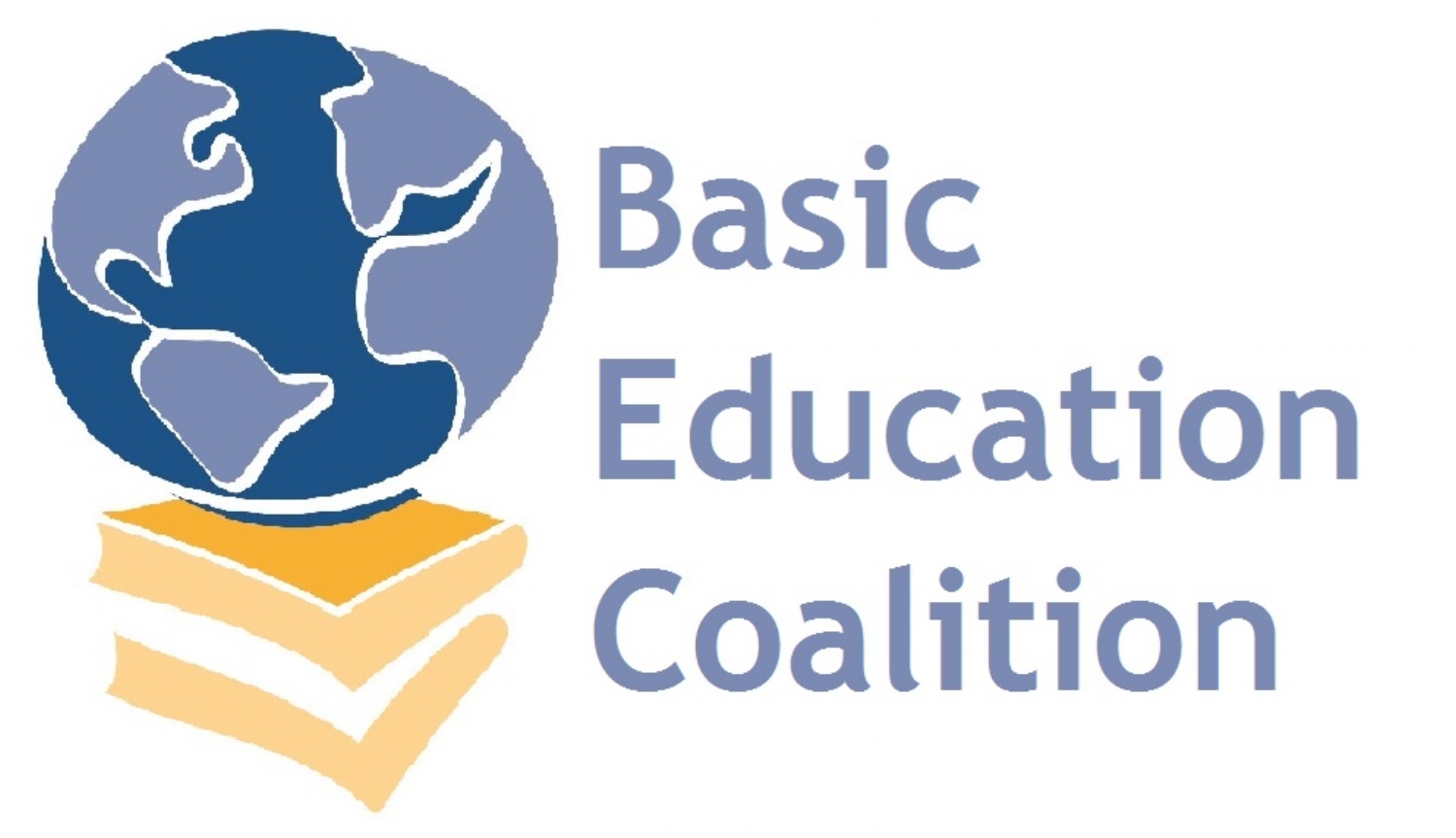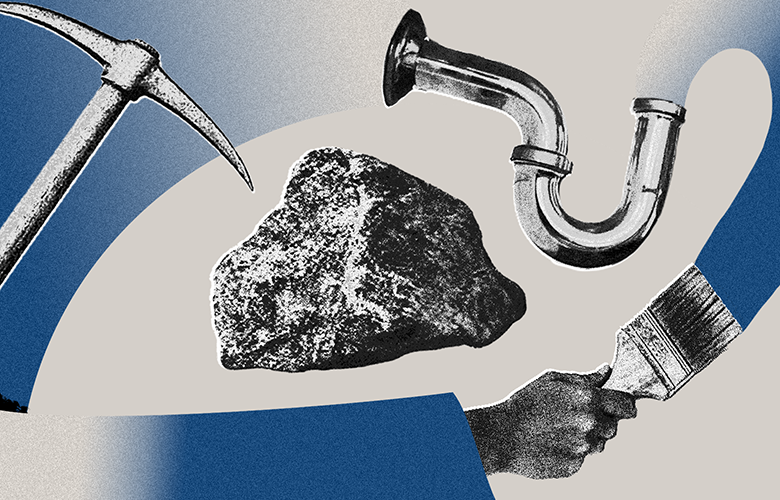Blog by Dr. Joseph Isaac — technical advisor for EDC’s International Development Division.
Dr. Isaac leads the Inspiring Climate Action Now (ICAN) primary science project. ICAN works with the Ministries of Education and Environment in Mali, Antigua & Barbuda, and Zambia to train teachers to more effectively deliver science education and information about climate, science, and climate change to primary school students and their communities. ICAN empowers teachers to identify and react to pressing local environmental issues, including lead poisoning. After the training, teachers implement their lessons during a six-week period of their school year.
In this question and answer session, Dr. Isaac discusses lead pollution in Zambia and ICAN’s efforts in addressing this issue.
Q. What causes lead poisoning and pollution?
Dr. Isaac: In the United States, lead poisoning mainly involves pipes and paint. Before people knew the dangers of lead, most of our water and sewage pipes were made of lead. Another source of lead that can cause harmful health effects is household and industrial paint.
However, in Zambia, one of the pilot countries for ICAN, lead contamination comes from an entirely different source. Zambia has extensive mining operations, and the industrial complex surrounding mining is causing a significant amount of lead to leach into the ground, contaminating the groundwater and community wells.
One important example in Zambia is the town of Kabwe, a historic hub for lead mining. As a result of 90 years of operation, thousands of Zambians living and working in Kabwe have suffered from lead poisoning, with 95% of children in Kabwe having high lead levels. In 2021, the World Bank reported that 2,500 children participating in a World Bank project in Kabwe had lead levels so high they required immediate treatment. The amount of lead in the soil still remains high even though the mine closed down 30 years ago.
Q. How is lead poisoning linked to education? How does it affect children’s learning?
Dr. Isaac: A lot of research has been done over the last 50 years about how dangerous lead can be to the human body. Lead poisoning and lead exposure can cause severe developmental delays and affect children’s nervous systems, especially in young children or children exposed to lead before birth. These developmental delays then have adverse downstream effects on children’s educational achievement. Children with lead poisoning have a harder time paying attention, which also affects their learning. In some cases, lead poisoning may impair children’s speech and hearing or cause seizures. You might not see these long-term detrimental effects immediately, but there’s a definite connection between lower student performance and lead exposure.
Q. How are the teachers you’ve worked with in Zambia addressing this problem?
Dr. Isaac: Through the ICAN pilot, teachers are developing climate science lessons, including lessons on pollution and how students can get their families and communities involved in preventive efforts—for example, conducting a community information session about the dangers of lead poisoning and providing ideas and examples for avoiding lead exposure. During our ICAN training in Zambia, teacher teams particularly wanted to include lead poisoning in their lessons. They explained how mining operations affect the water table and well water. They were seeing the effects and wanted to respond, and now they are working to educate people further.
Q. How do teachers across ICAN pilot countries increase awareness and foster community engagement around these environmental issues?
Dr. Isaac: ICAN is a unique program that gives teachers the power to develop their own lessons. Climate science issues in Zambia are different from the issues in Mali and from the issues in Antigua and Barbuda. However, at the same time, they’re loosely related under this giant umbrella of environmental science, climate science, and climate change. ICAN teachers will inevitably produce a variety of lessons that will cater to the specific needs of their community and ecosystems, and they will also be able to share and learn from teachers in similar communities and those with different challenges to build a network of learning and action.
In Mali, teachers are already implementing the lessons they developed, and most lessons include a community engagement component. For example, a teacher may ask students to create a poster and put it up in a community center to inform others about lead in the water, or they may bring the issue to their parents to share lead management information at the next church service.
They can decide what issues are important to cover and how. The teachers are using grassroots ground-level efforts to increase knowledge and promote action in the community’s interests.
Q. How do you want to see the ICAN project grow in the future?
Dr. Isaac: We’ll use the data from our three pilots to help us adapt and expand ICAN and reach out to even more countries. I would love for us to be in 5 to 10 countries in five years—and expanding not only in countries but also in grade levels. Right now, we’re specifically looking at grade levels 2 and 5. I would like to move that up to 7 or 8 as well so that we’re expanding outward and upward.
ICAN is a perfect entry point into citizen science. It’s designed to involve community members and respond to the issues they are seeing. In this way, science is not limited to people in lab coats in university labs or governmental buildings. Their everyday decisions and life actions are scientifically rooted. Especially when it comes to their livelihoods and how communities respond to the environmental issues that are becoming more and more pressing in their lives, this process starts teachers, students, and communities on the road to developing preventive, therapeutic, or mitigation measures. When you start by educating young people, a lot can be accomplished.
Read EDC’s original blog post here.







